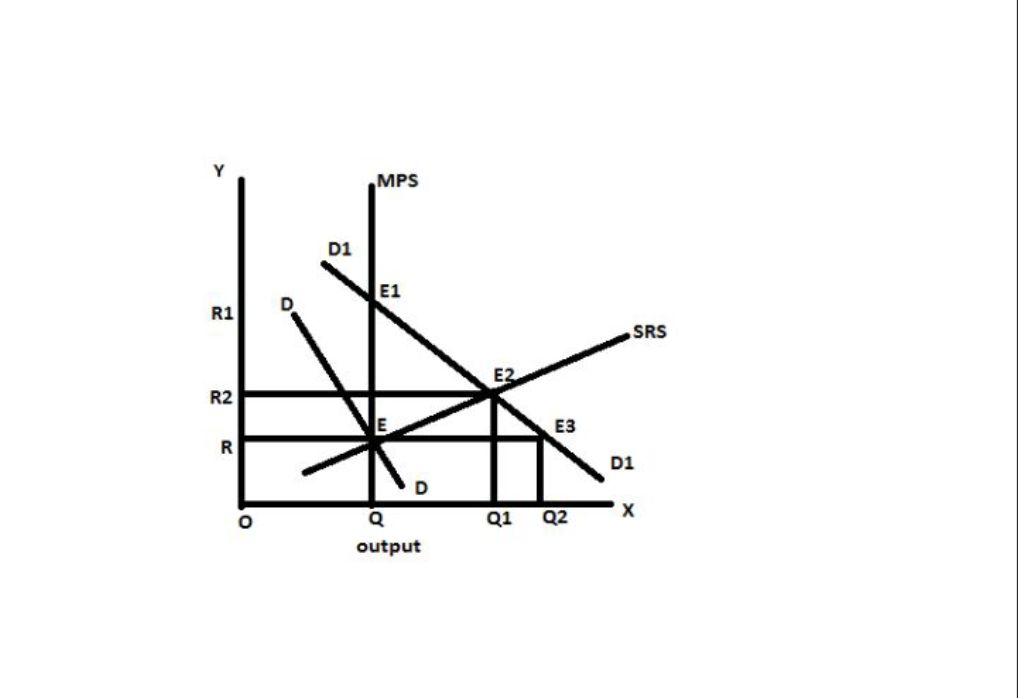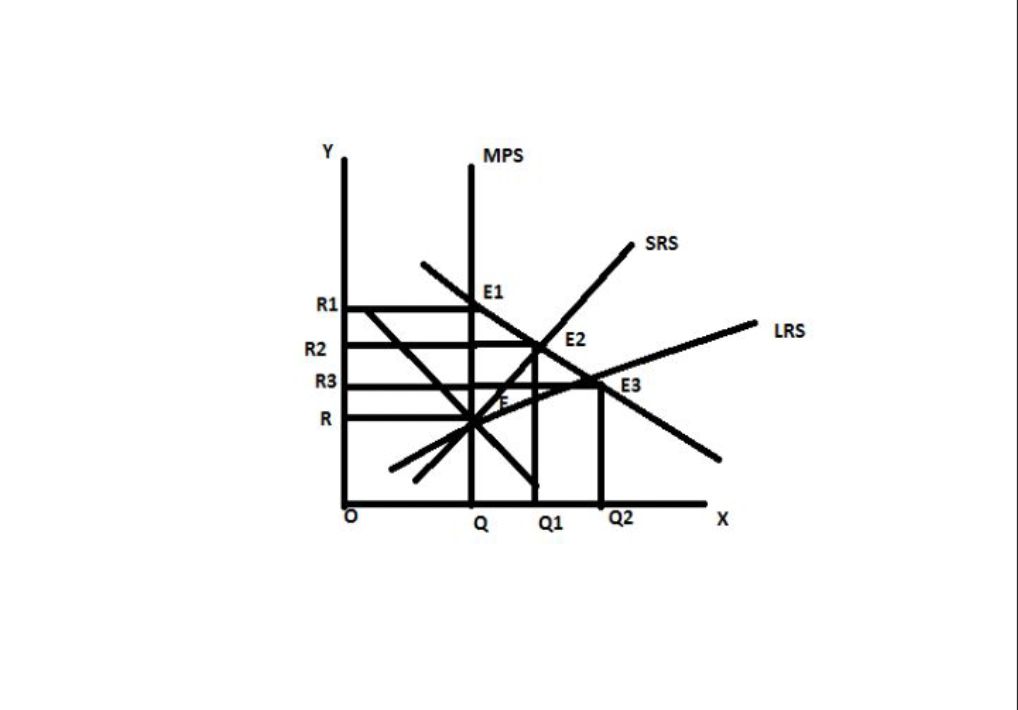Introduction:
In a perfect competition market structure, price and output determination occur through the interaction of demand and supply forces. Individual firms are price takers, meaning they accept the market price determined by the overall market conditions.
price and output determination under perfect competition under short-run and long-run.
Price and output determination under short run:
Short period refers to the limited period of time where in some factor input remain fixed and only a few factor inputs are variable. During the short period the firm can adjust its output to changes in demand with the existing plants and machinery if demand increases the firm increases its output with intensive utilization of its plants and machinery by having more shifts and over time work for the existing labor force but time is insufficient to increase the size of the plant. if demand decline the firm will adjust its output with less intensive utilization of its equipment, as this time is too short new firms cannot enter into the industry or the existing once cannot leave the industry and the quantity of output can be increased or decrease slightly in this period one cannot bring appreciable changes in output in this period.

- MPS: market period supply curve
- OQ: original supply
- OR : original price
- OR1: price in the market when demand rises
- OR2: new price in the short run which is lower than market period price and higher than original price
- OQ1: new supply in the short period
- R1: market period price with a rise in demand
- R2 : short run price
- R: original equilibrium price
Since supply can be increased to some extent the short run price is little lower than that of market period price and this can be consider as sub normal price.
Price output determination under long run:
Long period maybe defined as the periods sufficiently long in enough to enable the industry to adjust its production and supply completely to a change in demand. time is adequate to permit new firms to enter into the industry or existing forms to leave the industry and plant capacity can be changed to any extent total adjustment of supply and demand is possible as all factors of production or variable in the long run. The long run normal price is the result of long run demand and supply of the industry. Long run normal price depends upon the conditions under which the firm is operating.
- Under the conditions of increasing returns or diminishing cost:
Increasing returns would operate when the quantity or variable factors are increased to a given quantity of fixed factors. Output increases more than proportionately and hence per unit cost decline if increasing returns were in operation, long run normal price would be lower than the original equilibrium price as increase in output is obtained at a lower cost.

- OR= original price
- OR3 = new long run normal price which is lower than that of the original price
- OQ=original output
- OQ2=new long run equilibrium output
Under the conditions of constant returns or costs:
Cost returns would operate when the quantity of variable factors are increased to a given quantity of fixed factor output increased in the same proportion. Hence caused per unit remains constant. if constant returns are in operation long run normal price will be equal to the original equilibrium price become greater quantities of output is supplied at the same cost OR= original equilibrium price and also new long run equilibrium price there is no different between original and long run normal price. OQ= original output. OQ2=New long run equilibrium output.

- R1=market period price with a rise in demand
- R2=short run price
- R=original equilibrium price and long run normal price
Under the condition of diminishing returns or increasing cost:
Diminishing returns would operate when the quantity of variable factor are increased to a given quantity of fixed factor, output increases less than proportionately hence, caused per unit would go up if the law of diminishing return is in operation. long run normal price is above the original equilibrium price because increase in production is obtained at a higher cost under these condition total output increases at a diminishing rate or average cost goes on increasing with the increase in output because of diseconomy of scale. Rise in average cost is responsible for a rise in price of the product. if there is higher demand for goods under the condition of diminishing return the product can supply greater quantities only at a higher price hence, long run and normal prices higher than original price.

- OR=original price
- OR3=new long run normal price (slightly higher than original price)
- OQ=original output
- OQ2=new long run equilibrium output
also read: explain the cost concepts under short run and long run?